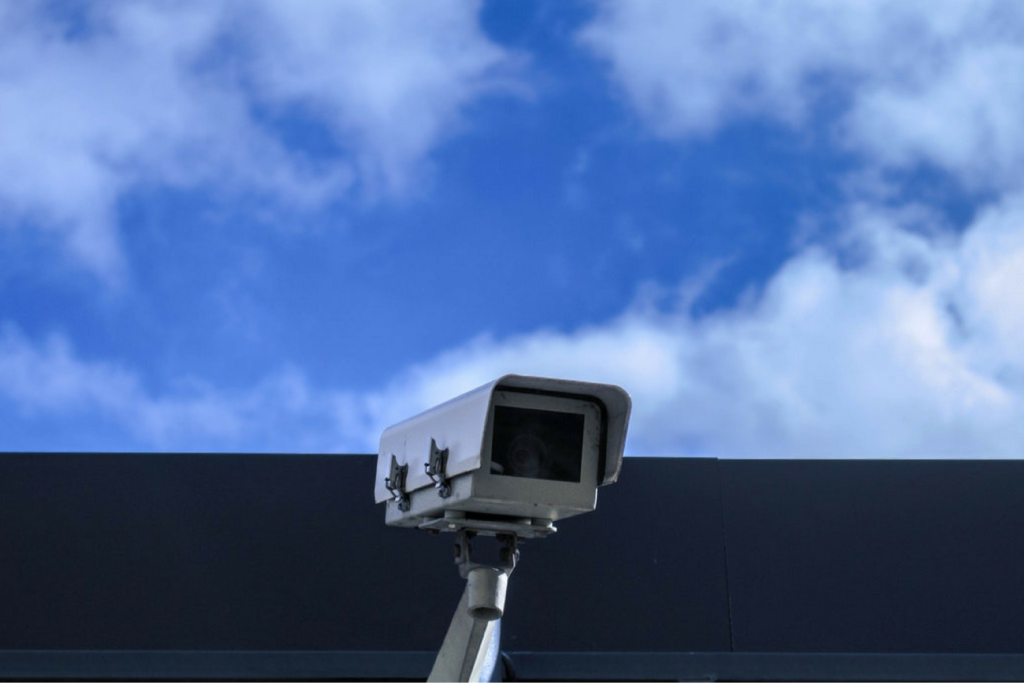The insurance industry is one on the brink of a crisis. While there’s no doubt that the existing business model for insurance meets current customer needs, those needs are fast changing. Automation is becoming more popular across products and services, and consumers are looking for speed and convenience from providers.
There are a number of threats to the insurance sector, even though it’s maintaining profitability at the moment. Some of these risks are outlined below.
Increased competition:
Not only are insurance companies competing against each other, they’re now also coming into the firing line of start-ups from outside the industry. A need has been identified for faster, more agile ways of working with insurance. But in the absence of an appropriate response from existing insurers, new organisations are pouncing on this opportunity.
Tailoring:
Companies are using technology to create tailor-made packages so that consumers only pay for exactly what they want. For instance, techworld reports that 2014 startup Cuvva allows people to design their own car insurance:
“In the mobile app you simply enter the registration number and approximate value of the car you are borrowing from a friend or family member, choose the time you want to be covered for, take a picture of the car and Cuvva will get you an instant quote. Cuvva integrates with Facebook so that you can see which of your friends have cars to borrow.”
In a similar vein, it is now possible to insure a vehicle only for the duration it’s in use. For instance, By Miles covers a driver for the use of a car, as the name would suggest, for just the miles it travels. So we can insure by time or by distance – what other trends are taking the insurance world by storm?
What about the “Black Box”? This is a device that is fitted to a car (for now, it’s not mandatory) that monitors how the car is driven. The concept behind this is that safe drivers should have lower insurance premiums than drivers who regularly take risks. The box records how heavily people use the accelerator/brake, how often they swerve and the frequency/length of journeys.
Smart Tech:
Smart Home Systems: People are more mobile/sociable than ever and they want to feel their belongings are protected when they’re not home. Smartphones enable them to set/check/reset home alarms remotely. With the right set-up, people can adjust their lighting, heating, even their appliances such as ovens wherever they are. But this means that they feel more in control of monitoring their own security and capable of responding to intruders/incidents (fires, false alarms etc). This “DIY” attitude has had a knock-on impact on insurance though, because if people are constantly aware of their home environment, they feel they should pay less to safeguard their things as they’re doing more of the work themselves.
Artificial Intelligence:
With automated (driverless) cars set joining the roads within the next few years, insurance is bound to be affected. For instance, it’ll be the case that the vehicle needs to be insured, not the driver. This means that the coverage will be more on a commercial basis, and less on a personal level. It’ll reduce the need for premiums based on demographics (the outdated concepts that girls are better drivers than boys etc).
Insurance companies are already offering reduced premiums for cars with some automation. This includes “self-parking” vehicles or those that have ABS automatic braking systems (not to be confused with anti-lock braking systems). These cars reduce the risk of a driver-error accident and thus bring costs down.
Disruption is taking place in the insurance industry right now. With the new competition and the driving technological advancements lurking at the edges of the insurance world, companies are going to have to rethink their approach to existing and new challenges.
The successful businesses going forward will be (as in other industries at present) those capable of thinking outside the box and providing innovative solutions to consumer problems. Embracing technology and change, and combating stagnant perceptions and processes will create an inspiring future for customer-focused products/services.

